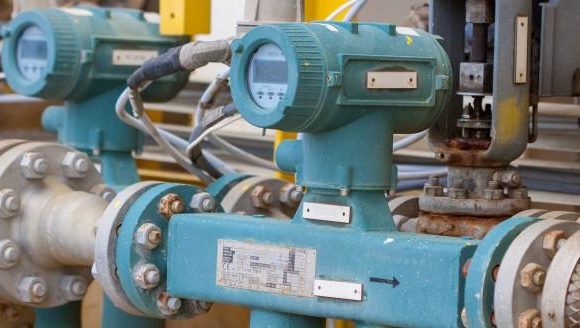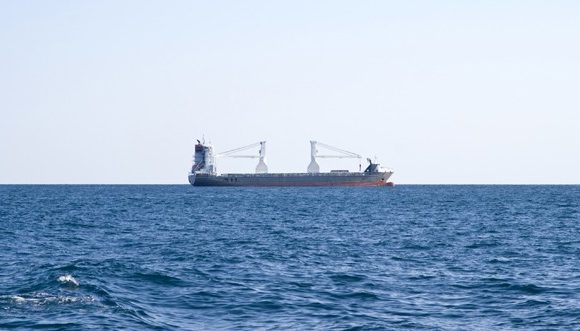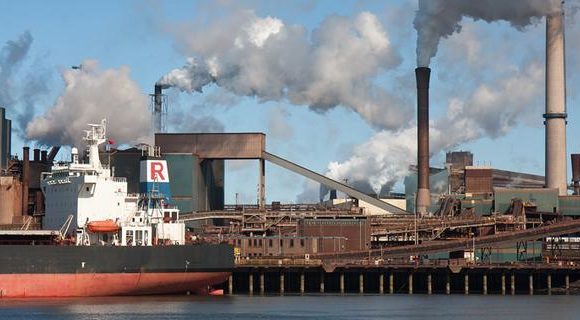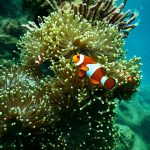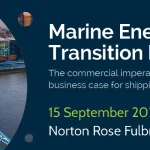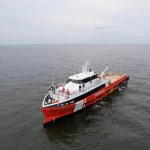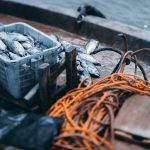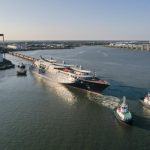Ballast Water Management and Invasive Species

As our vessels crisscross the globe, there’s a silent threat lurking beneath the surface – ballast water, the unwitting carrier of invasive species. In this article, we will explore the challenges posed by these stowaways and explore the innovative solutions emerging on the horizon to safeguard our oceans.
A Watery Cargo: The Role of Ballast Water
Picture this: a ship, laden with cargo, embarks on a transoceanic journey. To ensure stability and safe navigation, it takes on ballast water. This seemingly innocuous liquid, drawn from one port and discharged in another, becomes the vessel’s life jacket, balancing its weight and preventing it from listing or capsizing.
Yet, in this seemingly mundane exchange, a perilous game is played. Along with the water comes a myriad of living organisms—algae, plankton, and even fish larvae. These hitchhikers, if not managed carefully, can wreak havoc when released into new environments, becoming invasive species that disrupt ecosystems and outcompete native flora and fauna.
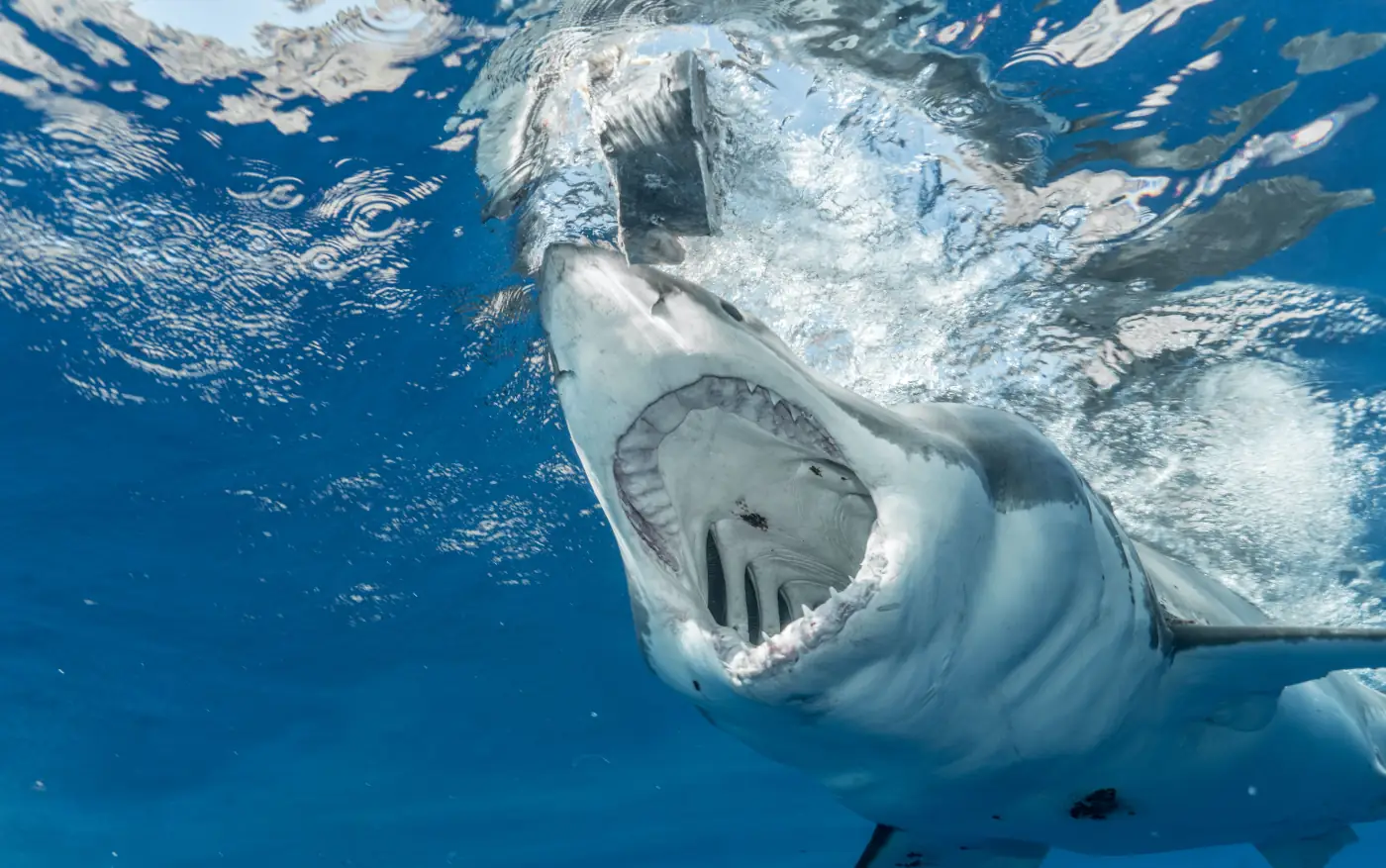
The Ecological Chessboard: Challenges of Invasive Species
The introduction of invasive species through ballast water is akin to introducing a new player to an already delicate ecological chessboard. These newcomers, often with no natural predators in their new surroundings, can rapidly multiply, outcompeting native species for resources and fundamentally altering the balance of the ecosystem.
The ecological impact is profound. Biodiversity is threatened as native species struggle to adapt or face extinction. Fisheries can be devastated, and the delicate web of life in aquatic ecosystems is thrown into disarray. It’s a game of survival, and invasive species are playing with loaded dice.
A Wave of Innovation: Ballast Water Treatment Systems
Fear not, for the tide is turning in our favour. In the ongoing battle against invasive species, the maritime industry is deploying a fleet of innovations—ballast water treatment systems that act as guardians of the sea. These systems are designed to neutralise or remove potentially harmful organisms from ballast water before it’s released into a new environment.
One such hero on this aquatic battlefield is ultraviolet (UV) radiation. Ballast water treatment systems equipped with UV technology zap microorganisms with precision, rendering them harmless before they have a chance to establish themselves in foreign waters. It’s a high-tech shield against the biological invaders hidden in the bilge.
Filtering the Tides: The Role of Filtration Systems
As our story unfolds, we encounter another defender in the form of filtration systems. These mechanical marvels act as gatekeepers, trapping and removing unwanted hitchhikers from ballast water. It’s a filtration dance that ensures only the purest water is released, reducing the risk of invasive species making a home in unfamiliar territories.
Filtration systems vary, from simple screens to more sophisticated mechanisms, each playing a crucial role in maintaining the delicate balance of our oceans. It’s a filtration ballet, where only the best performers make it onto the global stage.
The Regulatory Compass: Navigating Towards Compliance
In the vast sea of maritime regulations, there exists a compass pointing towards responsible ballast water management. International agreements, such as the Ballast Water Management Convention by the International Maritime Organisation (IMO), set the course for the installation and operation of ballast water treatment systems on ships.
These regulations act as a guiding star for shipowners and operators, ensuring compliance and fostering a collective commitment to safeguarding global waters. It’s a regulatory lighthouse, casting its beam across the industry and illuminating the path towards a more sustainable maritime future.
Challenges on the Horizon: Navigating the Seas of Implementation
As with any maritime expedition, challenges arise on the horizon. The implementation of ballast water treatment systems poses both technical and logistical hurdles. From retrofitting existing vessels to the need for standardized testing procedures, navigating these challenges requires a strategic approach and industry-wide collaboration.
Yet, with challenges come opportunities for innovation and improvement. The maritime community, ever resilient, is steering towards solutions that balance environmental protection with the practicalities of global trade.
A Clear Horizon: Mitigating Ecological Impacts
In the grand finale of our maritime odyssey, the horizon clears, revealing a future where ballast water management is not just a necessity but a testament to our commitment to ecological stewardship. The challenges posed by invasive species are met with a formidable arsenal of treatment systems, filtration technologies, and regulatory frameworks.
As we navigate the seas of innovation, let us celebrate the progress made in mitigating the ecological impacts of ballast water. The battle is ongoing, but with each innovative solution and regulatory stride, we inch closer to a maritime realm where invasive species are but a distant memory, and our oceans thrive in their natural balance.
Facts and Statistics
Role of Ballast Water: Ballast water is essential for ensuring stability and safe navigation during a ship’s journey.
It often carries a range of living organisms, including algae, plankton, and fish larvae.
Challenges of Invasive Species: Invasive species introduced through ballast water can disrupt ecosystems, leading to biodiversity loss and fisheries devastation.
These newcomers, lacking natural predators, can multiply rapidly, altering the delicate balance of aquatic ecosystems.
Ballast Water Treatment Systems: Innovative technologies, such as ultraviolet (UV) radiation, are deployed to neutralize or remove harmful organisms from ballast water.
Filtration systems play a crucial role in trapping and removing unwanted hitchhikers, ensuring only pure water is released.
Regulatory Frameworks: The International Maritime Organisation’s (IMO) Ballast Water Management Convention sets the course for the installation and operation of treatment systems on ships.
The US Environmental Protection Agency’s Vessel General Permit outlines requirements for discharges incidental to the normal operation of vessels.
Industry Guidelines and Resources: The International Chamber of Shipping provides guidelines for the implementation of the Ballast Water Management Convention.
The National Ballast Information Clearinghouse offers insights into ballast water management practices and treatment methods.
BEMA – Ballastwater Equipment Manufacturers’ Association provides a comprehensive guide to ballast water treatment technologies.
Challenges and Opportunities: Implementation of ballast water treatment systems poses technical and logistical challenges, including retrofitting existing vessels.
Industry-wide collaboration is key to overcoming challenges, and fostering innovation and improvement.
References
International Maritime Organization. (2017). International Convention for the Control and Management of Ships’ Ballast Water and Sediments. London, United Kingdom.
US Environmental Protection Agency. (2013). Vessel General Permit – Requirements for Discharges Incidental to the Normal Operation of Vessels. Washington, D.C., United States.
International Chamber of Shipping. (2020). Guidelines for the Implementation of the Ballast Water Management Convention. London, United Kingdom.
National Ballast Information Clearinghouse. (2015). Ballast Water Management Practices and Treatment Methods. Arlington, United States.
BEMA – Ballastwater Equipment Manufacturers’ Association. (2019). Ballast Water Treatment Technologies – A Comprehensive Guide. Rotterdam, Netherlands.
The Nautical Institute. (2018). Ballast Water Management: A Guide. London, United Kingdom.
Ballast water management – the control of harmful invasive species
Dispersal of invasive species by ballast water
Ballast Water Management: The Unpredictable Voyage Of Aquatic Invaders

